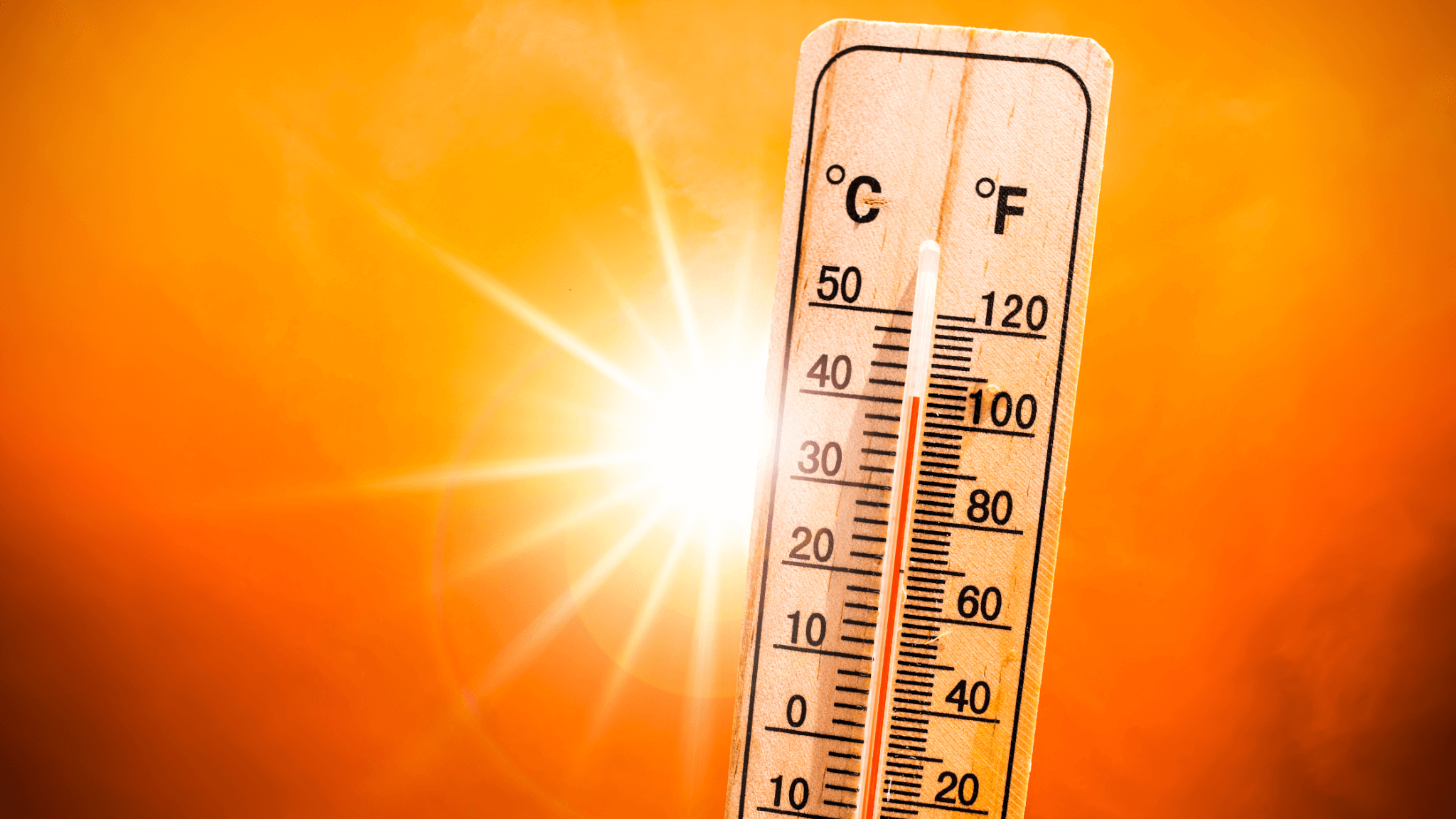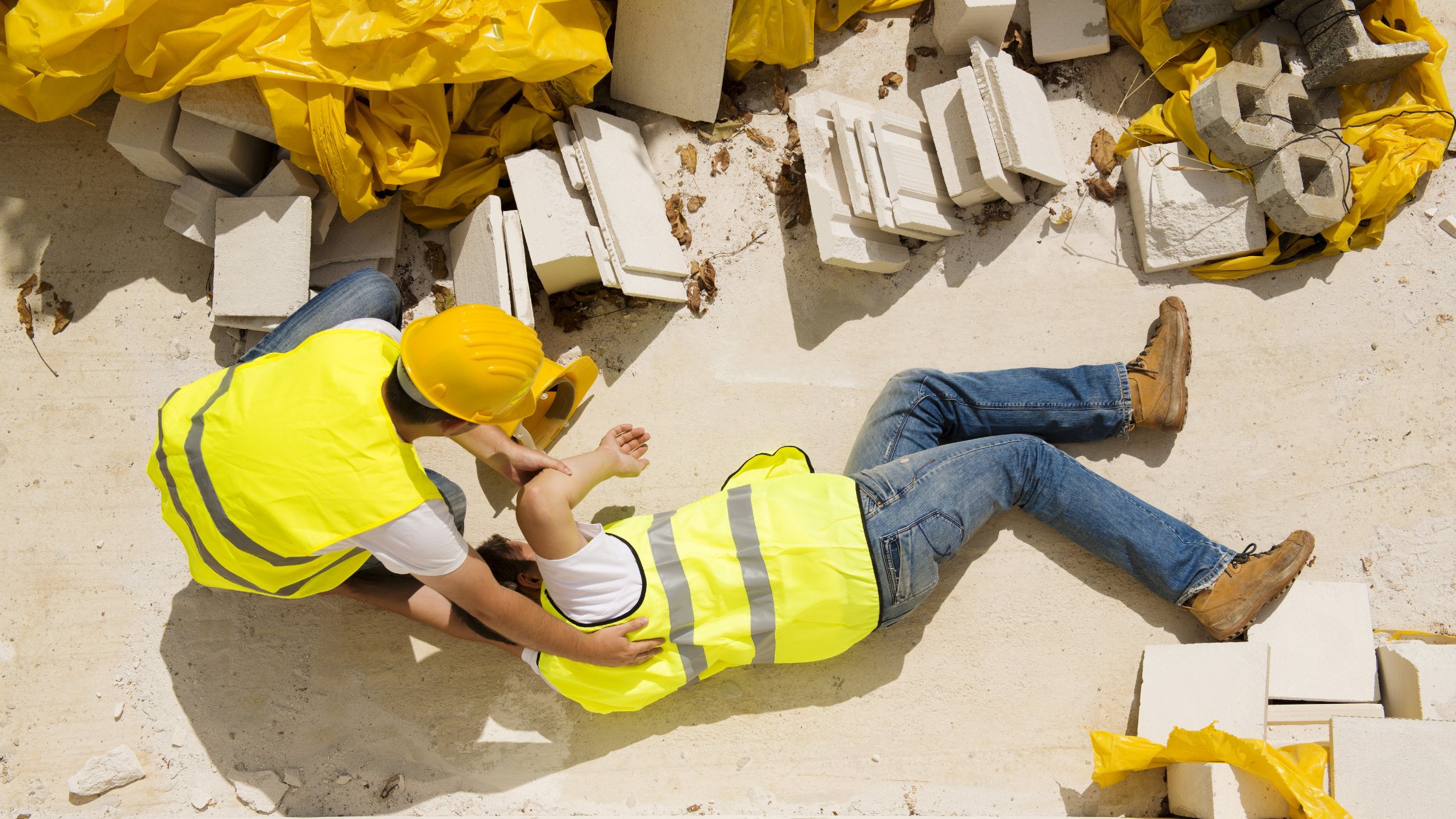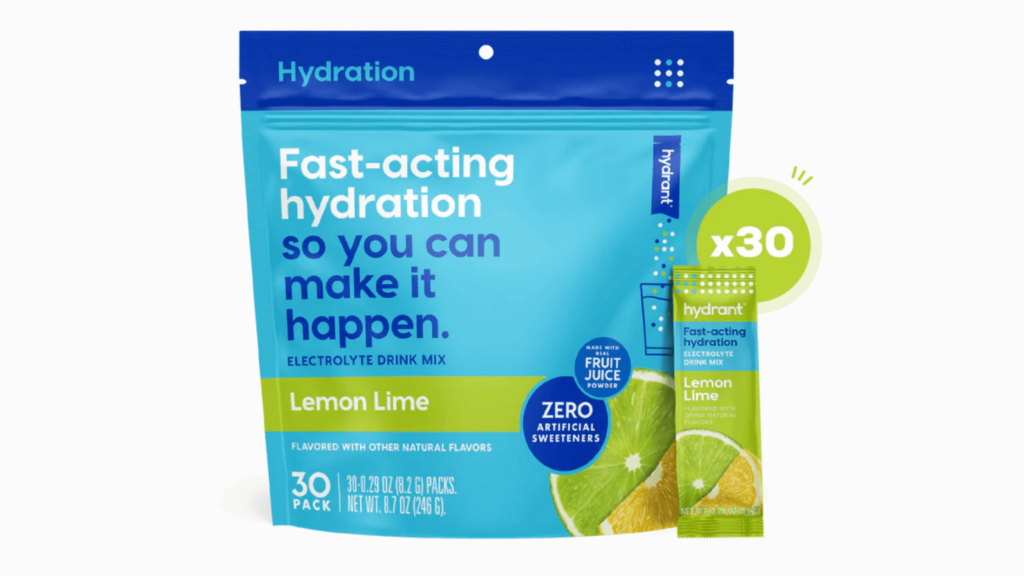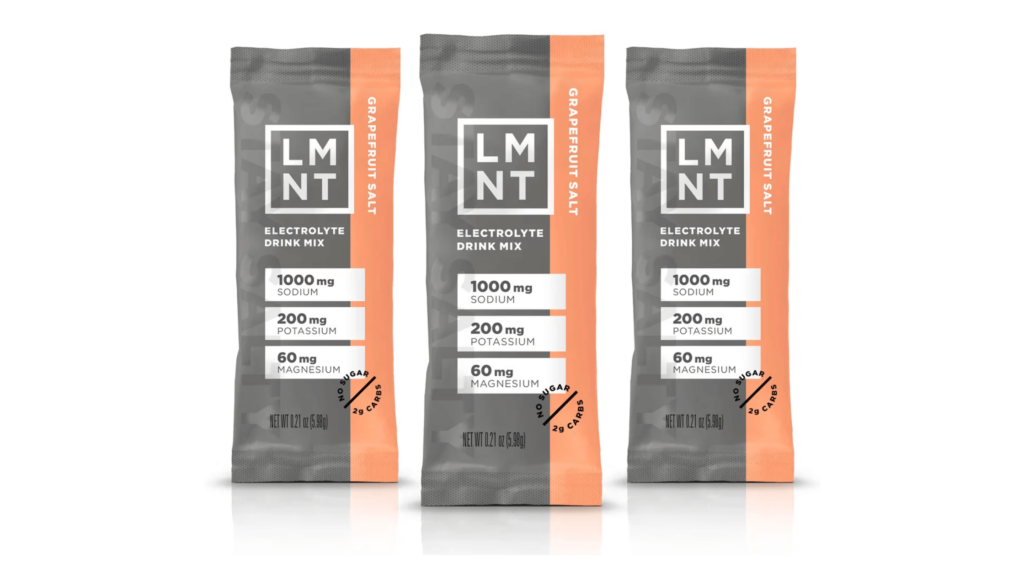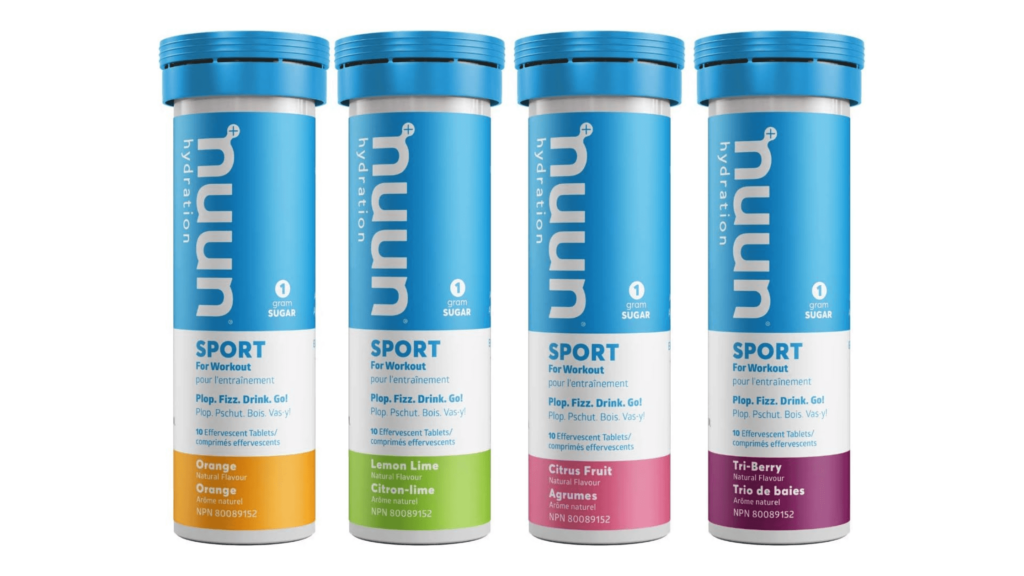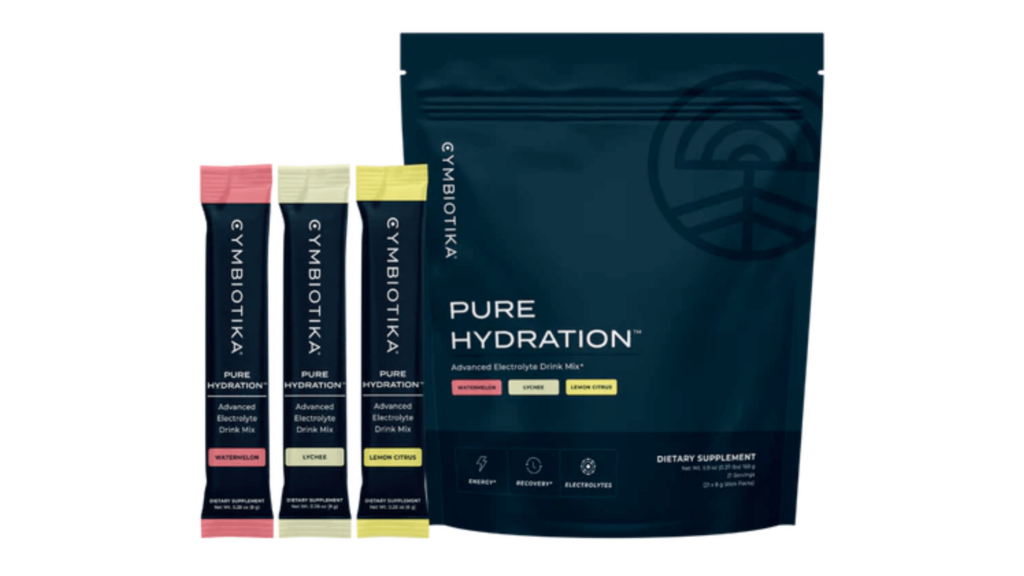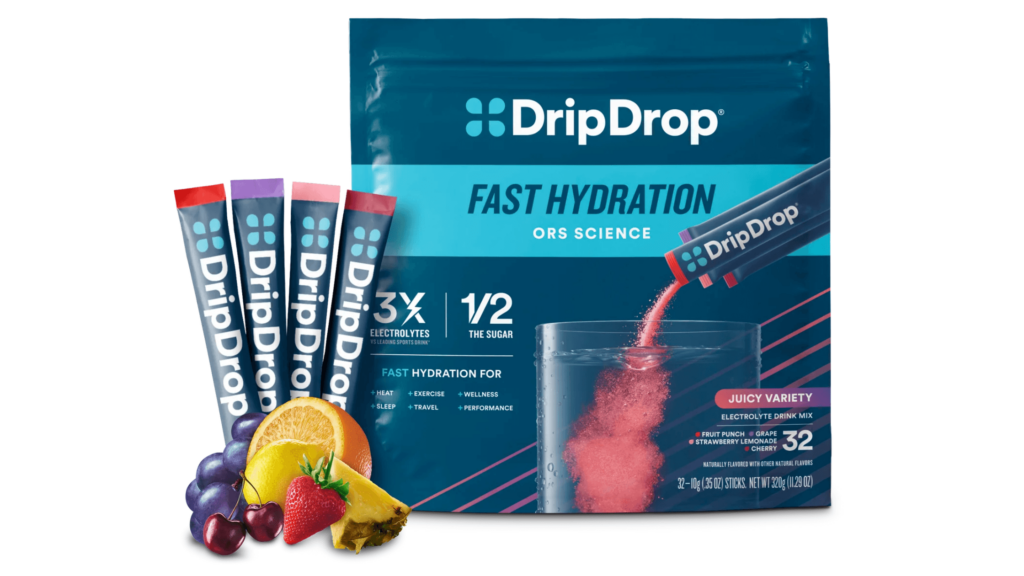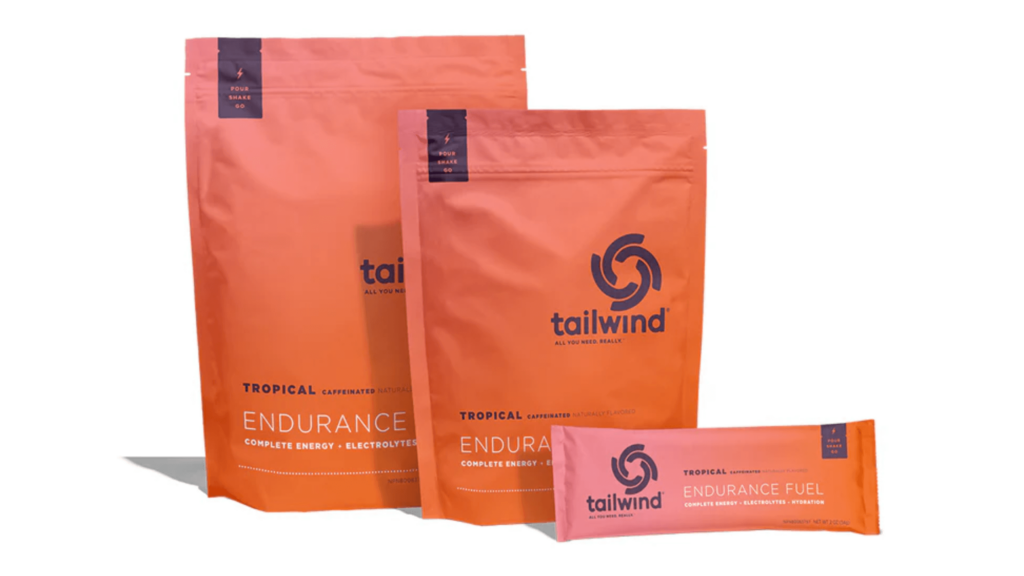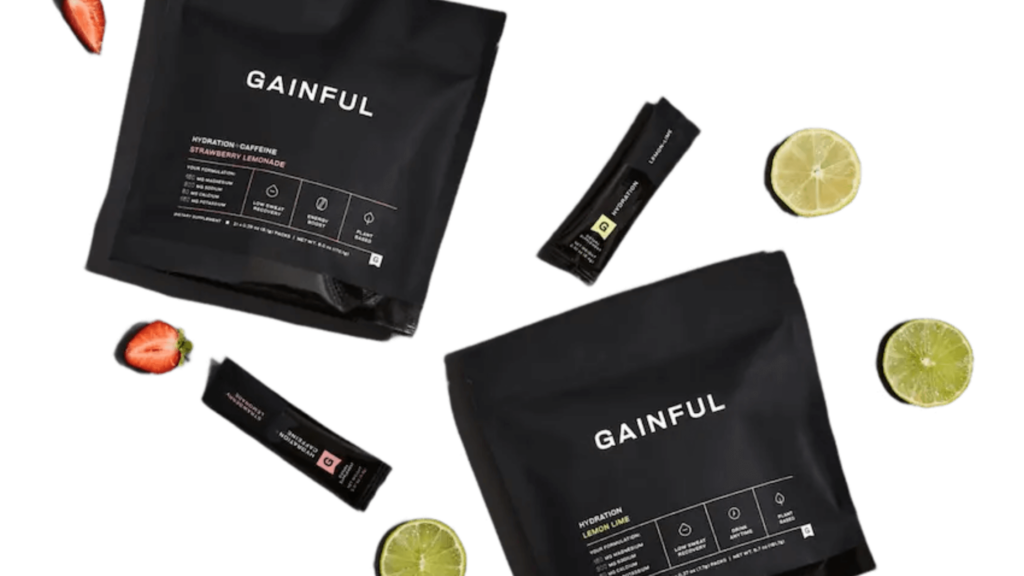As summer approaches, temperatures rise, and unfortunately, the risk of heat stress rises, too. Occupational heat stress can affect anyone at work, but construction workers represent a particularly high-risk group. The most common symptoms of heat stress include headache, dizziness, nausea, rapid pulse, and clammy skin. If left untreated, heat stress can lead to more serious heat-related issues, some of which may be fatal.
From 1992 to 2016, construction workers were just 6% of the population but accounted for 36% of all occupational heat-related deaths. To survive the summer, it’s important to understand heat stress prevention, be aware of heat stress symptoms, and learn how to treat heat stress effectively when it does occur.
Quick look
- Extreme heat can cause heat stress. If left untreated, heat stress can lead to more serious heat-related issues, some of which may be fatal.
- High humidity levels can lead to higher wet-bulb temperatures and impact your ability to cool off effectively.
- Heat stress symptoms include headache, dizziness, nausea, rapid pulse, and cool, clammy skin.
- You can prevent heat stress by wearing loose-fitting, light-colored clothing, drinking plenty of water, and protecting your skin from the sun.
Heat-related illness
Heat stress occurs when your body begins to heat up faster than it can cool down. A combination of several different factors causes occupational heat stress:
- The heat your body naturally gives off
- Aspects of your environment like humidity levels, temperature, and radiant heat sources
- Clothing you’re required to wear to do your job, like high-vis vests or hard hats
Heat stress is more than just feeling hot and sweaty; it’s a canary in a coal mine warning you that your body can’t cool itself effectively. If left untreated, heat stress can progress to more serious conditions like heat rash, heat exhaustion, and even heat stroke, which can be fatal.
Heat doesn’t just mean dry heat, either. Humidity can compound the effects of high temperatures, creating a more significant impact by impacting the body’s ability to cool off naturally.
Wet-bulb temperature: the effects of humidity
Determining the temperature outside is a little more complicated than just reading the thermometer. If you’ve ever seen a summer weather report that includes the temperature and also the “feels like” temperature, you’ve seen the wet bulb effect in action.
While regular temperatures measure heat, wet bulb temperature also takes humidity into account. Wet-bulb temperature is measured by placing a wet cloth over the bulb of a thermometer. When moisture evaporates from the cloth, it mimics how we cool down by sweating.
When humidity is high, however, it means there’s already plenty of moisture in the air. It takes longer for sweat to evaporate, making it harder to cool down. We lose about 85% of heat through sweating, and it’s easy to become overheated when we can’t cool down due to high humidity.
Watch out for symptoms of heat stress
Identifying when you or someone else is experiencing heat stress is crucial to treating it effectively. Watch out for these heat stress symptoms:
- Cramps
- Weakness, dizziness
- Heat rash
- Headache
- Nausea
- Thirst
- Shallow, rapid breathing
- Cool, clammy skin
- Fainting
- Agitation or confusion
If you experience any of these symptoms, notify your supervisor, get out of the sun, find somewhere cool to rest if possible, and drink water. Seek medical attention immediately if symptoms persist.
How to protect yourself (and others) from heat stress
There are several proven ways to reduce the risk of heat stress and keep cool during those scorching summer days (well, cooler, anyway).
Avoiding heat stress in the first place is much easier than trying to treat it when it happens, so consider the following strategies for heat stress prevention.
Cool clothes
It might be tempting to wear less clothing on a hot day, but keeping the sun off your skin with appropriate clothing is vital to keeping cool and preventing heat stress.
- Choose a light-colored, long-sleeved shirt instead of a tank top. Lighter colors help reflect the sun’s rays, and long sleeves will protect your skin from sunburn.
- Clothing material also matters, so look for natural fabrics like cotton or bamboo that help air circulate freely.
- Wear loose-fitting clothing to let your skin breathe; tight clothing tends to trap heat.
- Shirts made of lightweight Merino wool can help you cool down by wicking moisture away from your skin.
Wear a hat
Just like long-sleeved shirts keep the sun off your skin, wearing a hat can reduce your risk of heat stress by keeping the sun off your face and neck.
- Choose a wide-brimmed hat over a baseball cap. It offers more coverage and protects the back of your neck from getting burned.
- If you are working on a job site that requires you to wear a hard hat, tuck a t-shirt or kerchief into the back to provide shade for your neck.
Stay hydrated
Sweating is an efficient way to stay cool, but it also uses a lot of water. Some studies estimate that working outside in a hot environment can mean losing up to 1.5 liters every hour. To prevent heat stress, you must be diligent about replacing that water loss throughout the day.
- WorkSafeBC recommends drinking half a liter of water before starting work on a hot day and another eight ounces every 20 minutes or so (don’t wait until you’re thirsty!).
- Limit caffeinated drinks like cola, energy drinks, or coffee because they can increase dehydration.
- Adding electrolytes to your water can help you replace critical vitamins and minerals lost through sweat.
Stay proactive to beat the heat
It’s often said that the best defense is a good offense, and that’s certainly true when it comes to heat stress prevention. This summer, stay informed about weather forecasts and note any days forecasted to be particularly hot or humid. Bring enough water to get you through the day, and use the tips above to dress in clothing that will keep you cool.
Finally, care for yourself and your coworkers by recognizing and looking out for heat stress symptoms.
